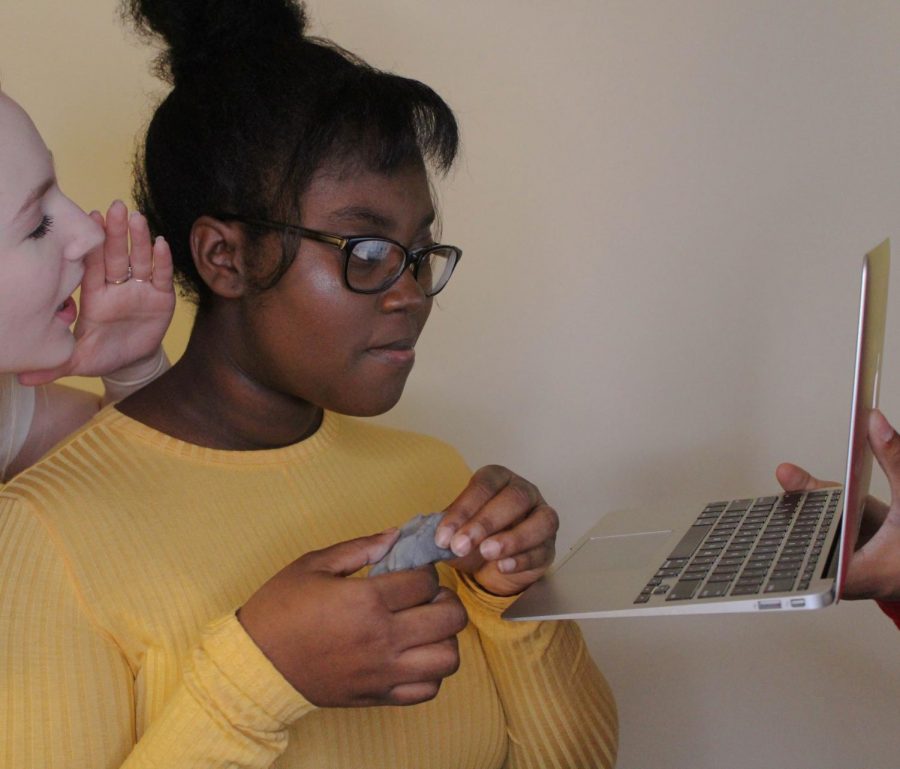Students at BSM learn in a variety of different ways
Every classroom in BSM provides a different atmosphere of learning for students. Whether it be auditory, visual or kinesthetic learning, every teacher brings a new learning technique into their rooms. BSM teachers implement these learning styles in the classrooms to switch up the learning experiences every class period.
Some students learn material kinesthetically, others need to hear it, and some just need to see it.
Auditory
Verbal or auditory learners like to express their information through verbal speaking and learn through listening. These learners like to learn through speeches, presentations or the many forms of spoken communication in the classroom.
Auditory learning is often found in English classes where students can learn vocabulary and understand what is happening in books they read and discuss. “Verbal learning is important because it can start conversations and give students a chance to talk about certain parts of books while getting straight to the point with what we are learning,” English teacher, Ms. Anna Overbo said.
Another way verbal learning is included in classes is through presentations. “I like making presentations and also learning off of other people’s because they provide information in a pretty straight forward way,” junior Kylie Krumenauer said.
Visual
Visual learners tend to enjoy learning through images, maps, and colors to organize information and create a deeper understanding.
Visual learners prefer to learn with pictures of information rather than text or words displayed to the class. Visual learning styles are implemented in many classrooms, such as when the science department displays diagrams or other images to help students learn the objective of the lesson.
Visual learning is often seen in classes such as math class where images such as graphs are pictured to help the students learn. “I like when there are visuals presented for instance in math class. Ms. [Joanie] Sauer provides us with information and we can take notes off of what she writes on the board,” sophomore Myka Field said.
Kinesthetic
Physical or kinesthetic learners like to use their sense of touch and body to learn the material. These people learn best when physical activities and movment are incorporated into the classroom.
Kinesthetic learning can be implemented into various classrooms ranging from the science classes to the history classes. Labs are a great example of a way a kinesthetic student likes to learn the information. History teacher Ms. Cherie Vroman takes her students into simulation-based activities every chapter in order to give them a hands-on learning environment. “The feedback I have heard is tremendous,” Vroman said.
Kinesthetic learning is done with the involvement of physical objects where students can work at their own speed. “I like learning with a hands-on environment because I like to work at my own pace and teach myself,” junior Maitland Luksan said.
Or Not?
Not everyone supports the idea of multiple learning styles, however. “Are Learning Styles Real?”, a 2018 article from The Atlantic, cites a study that claims “students who preferred learning visually thought they would remember pictures better, and those who preferred learning verbally thought they’d remember words better. But those preferences had no correlation to which they actually remembered better later on—words or pictures.” This opposes the belief of the many types of learning and says that there are no learning types students can benefit from.

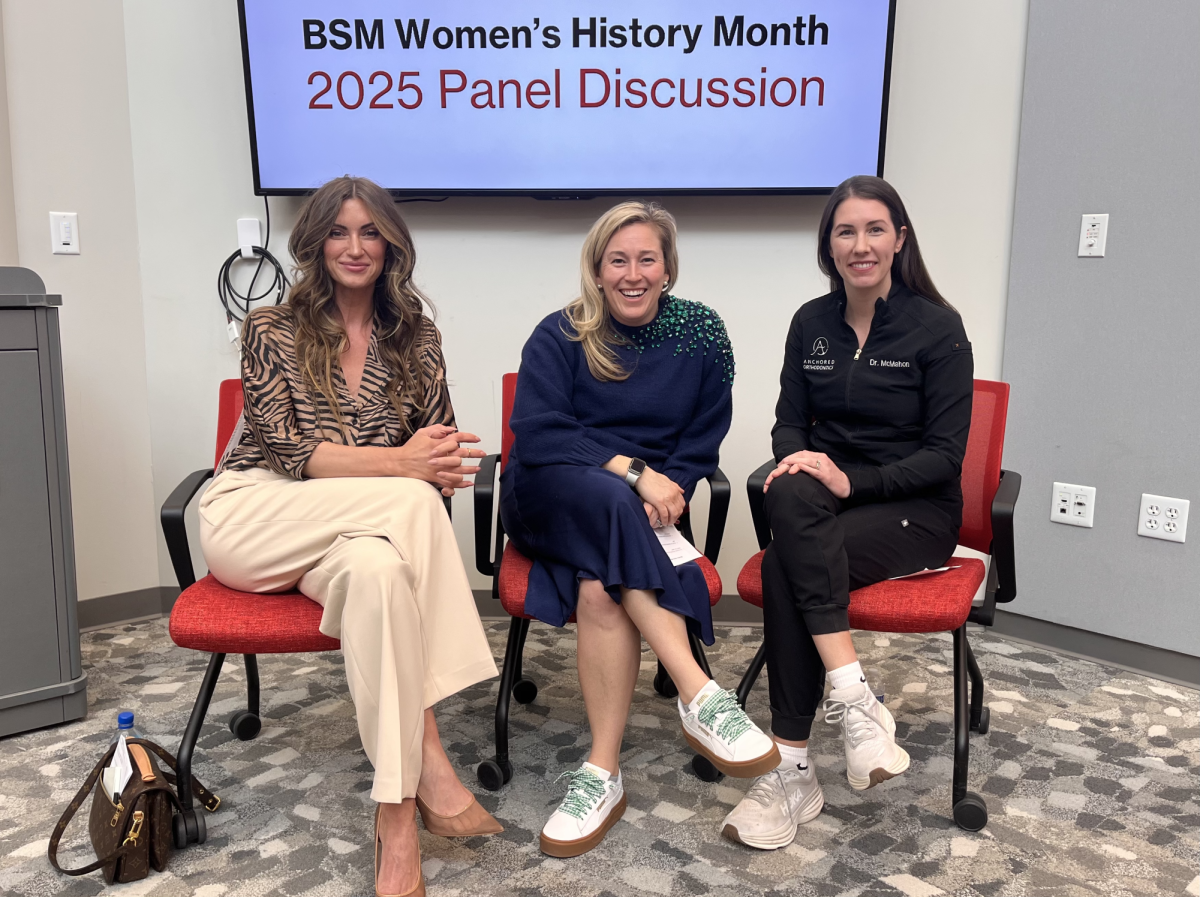
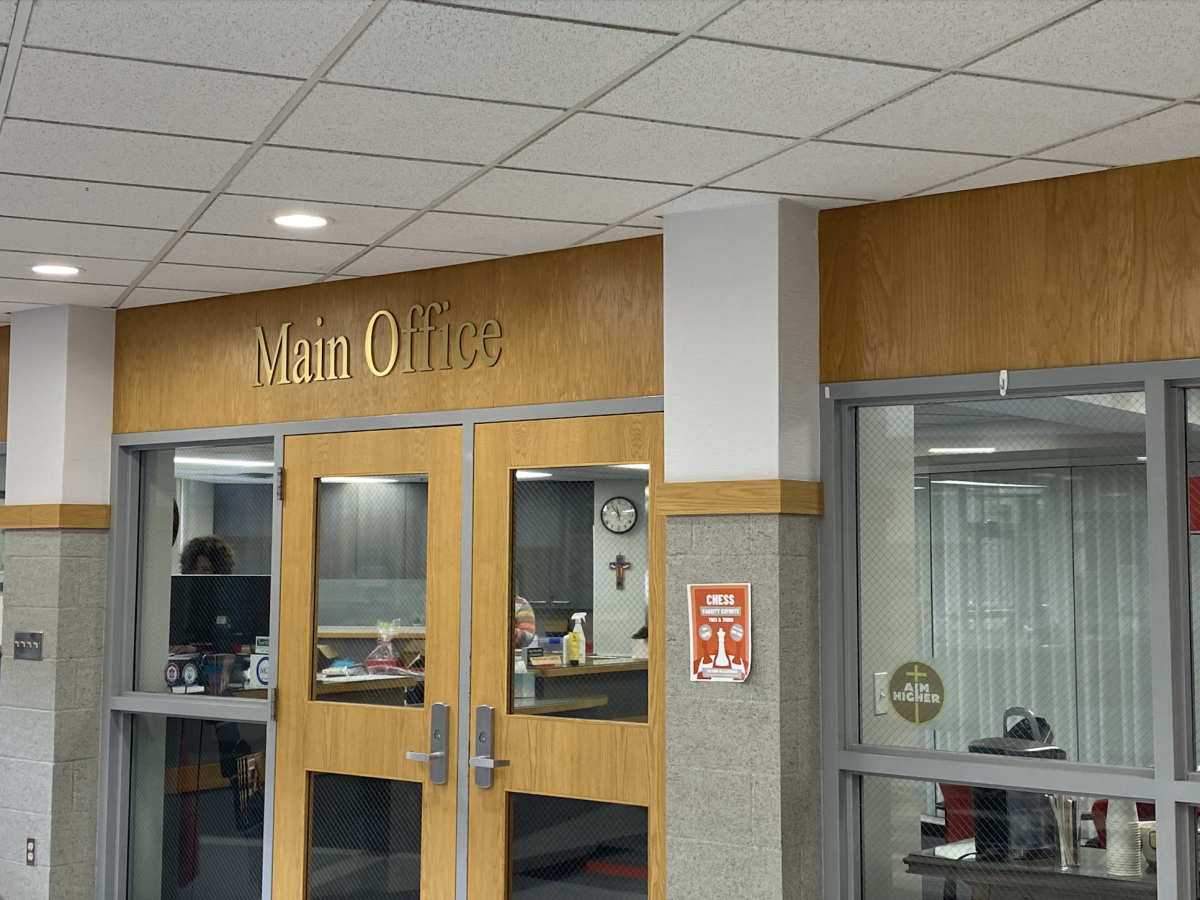
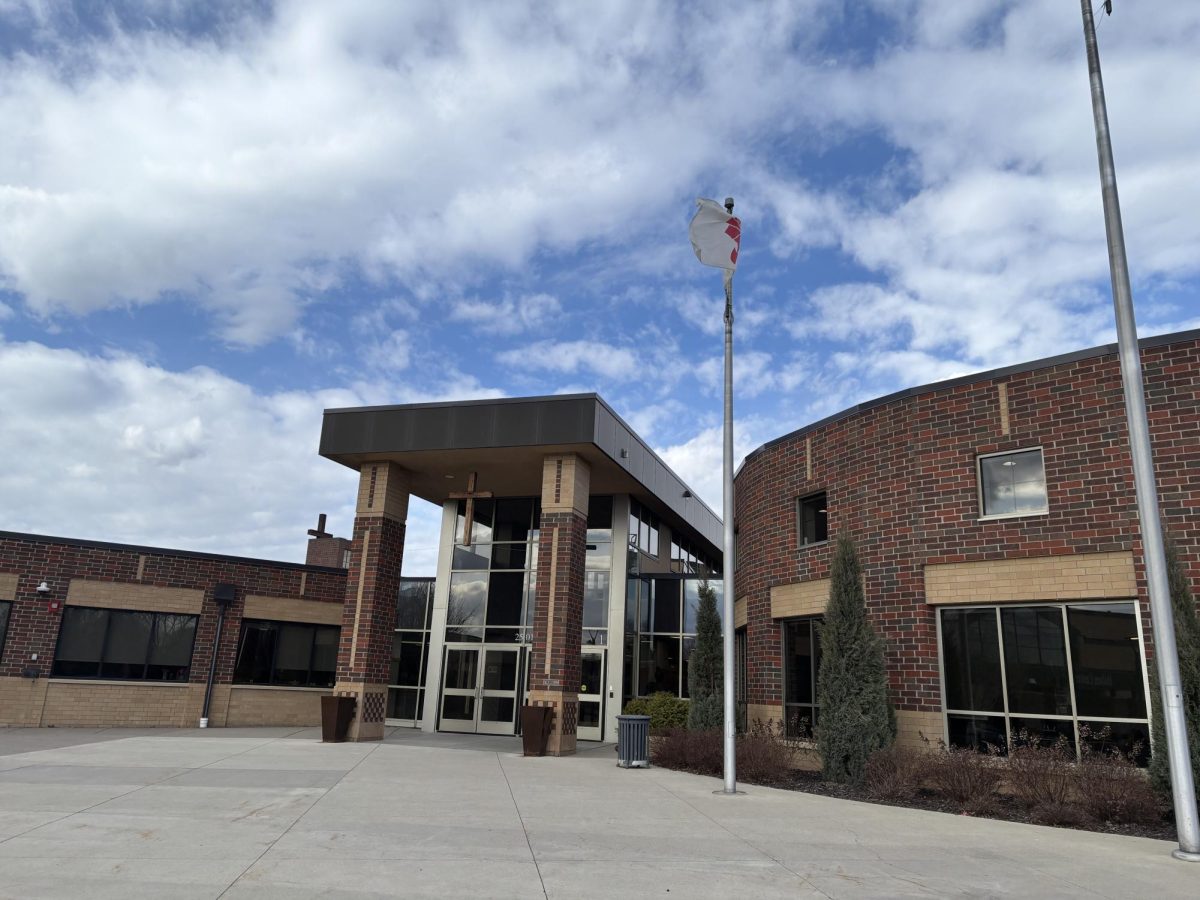

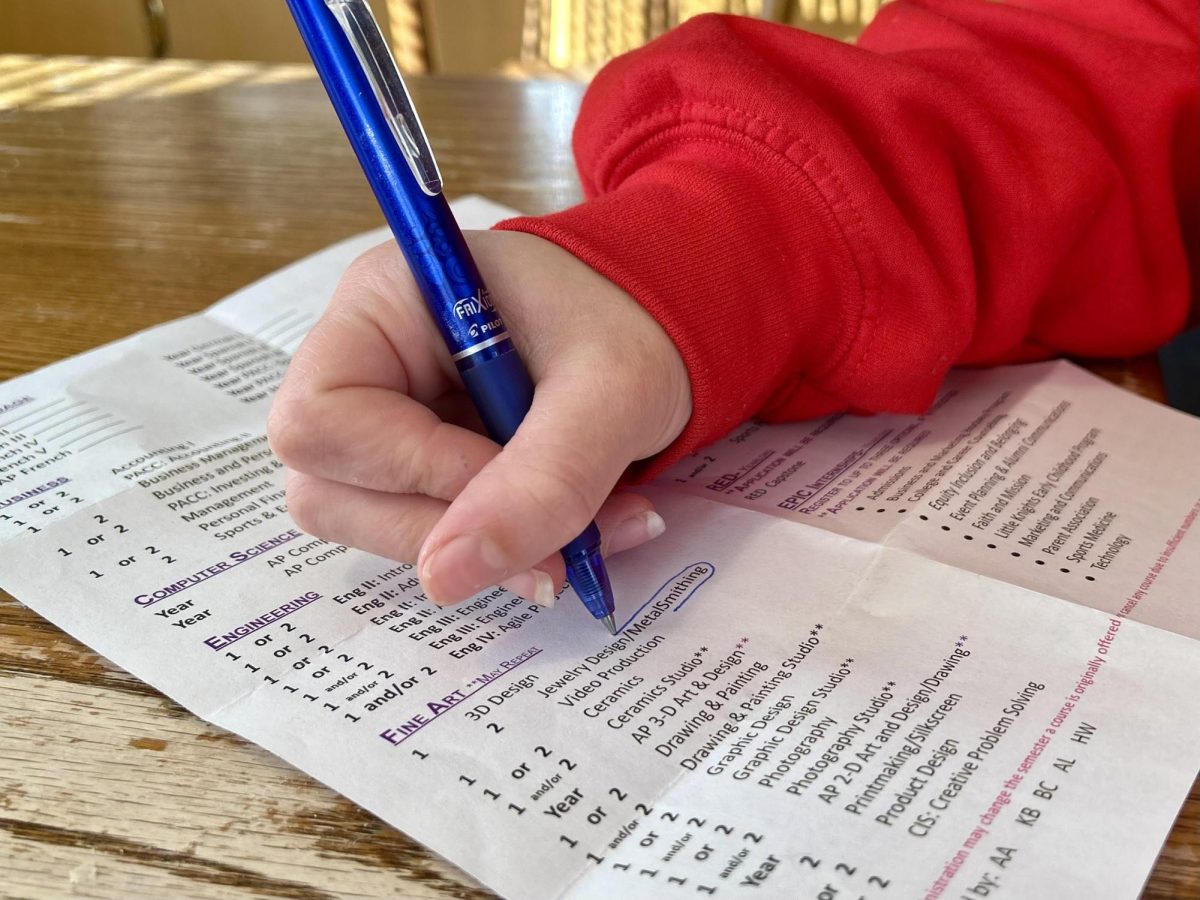
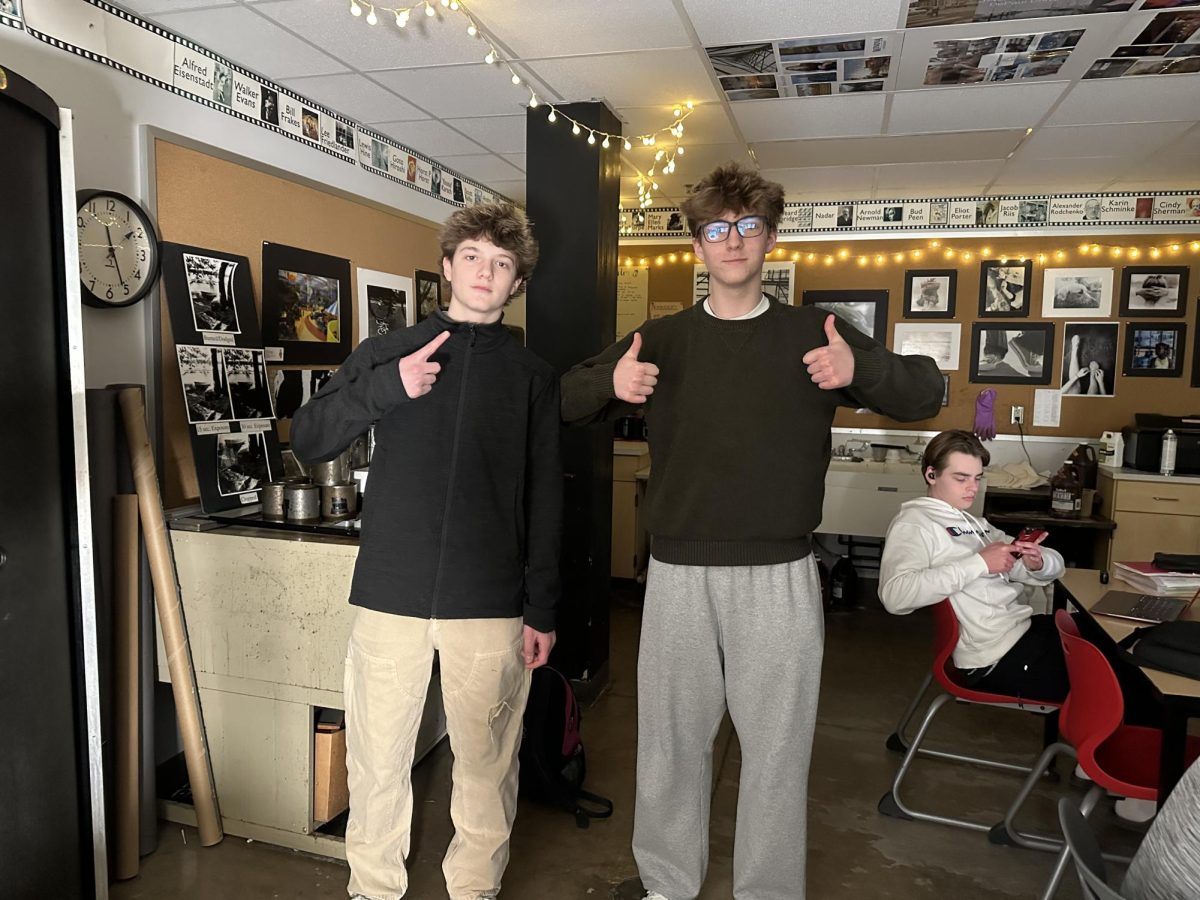
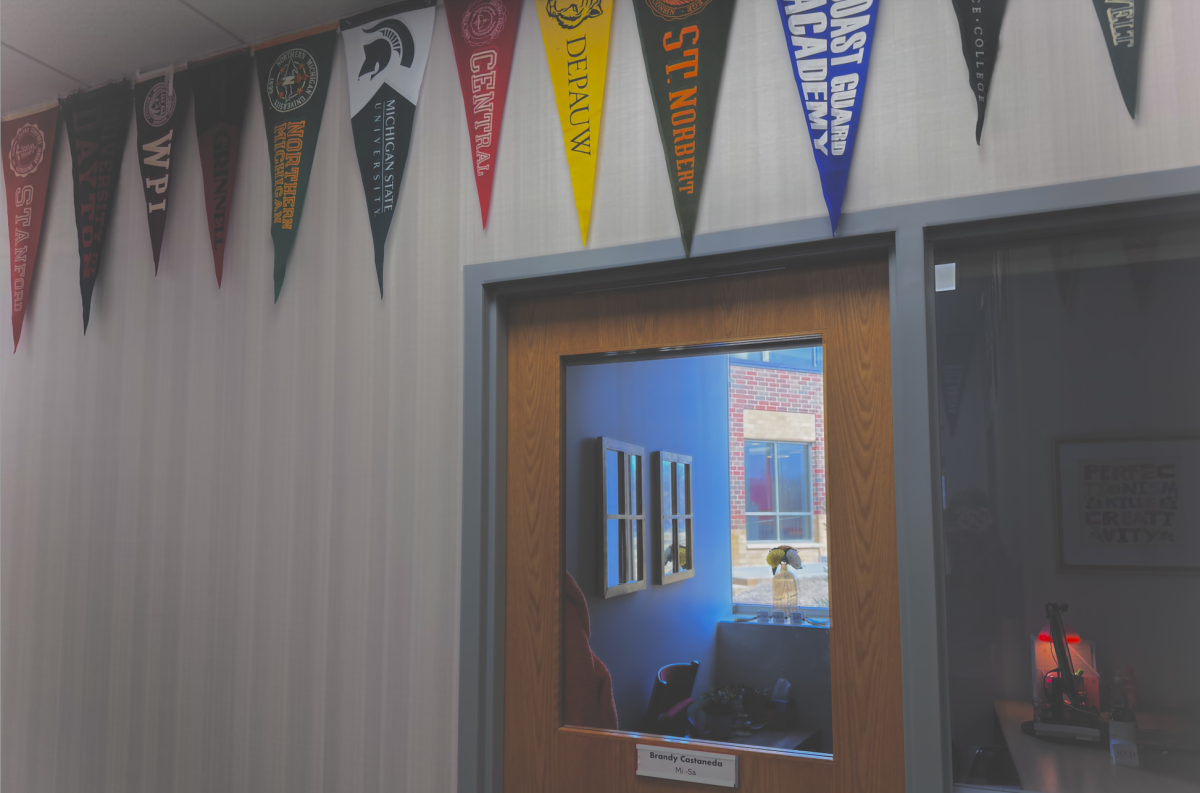
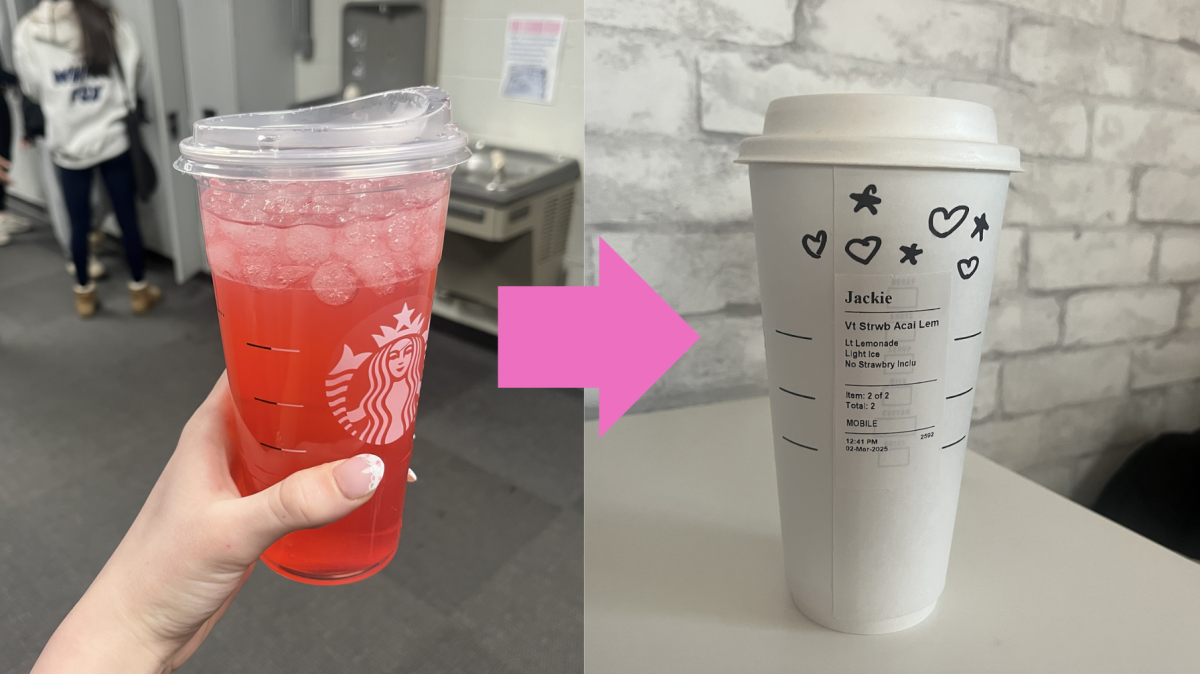
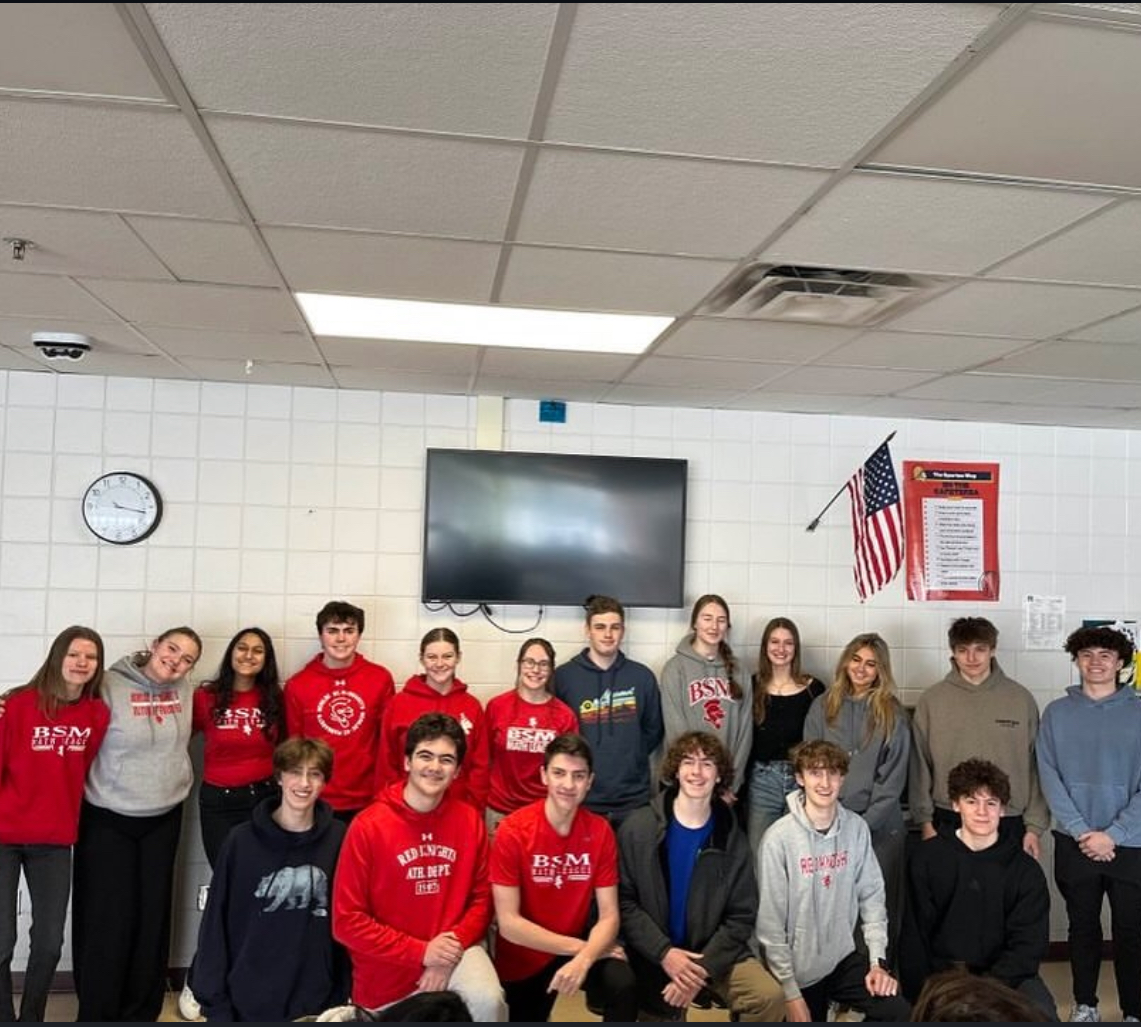
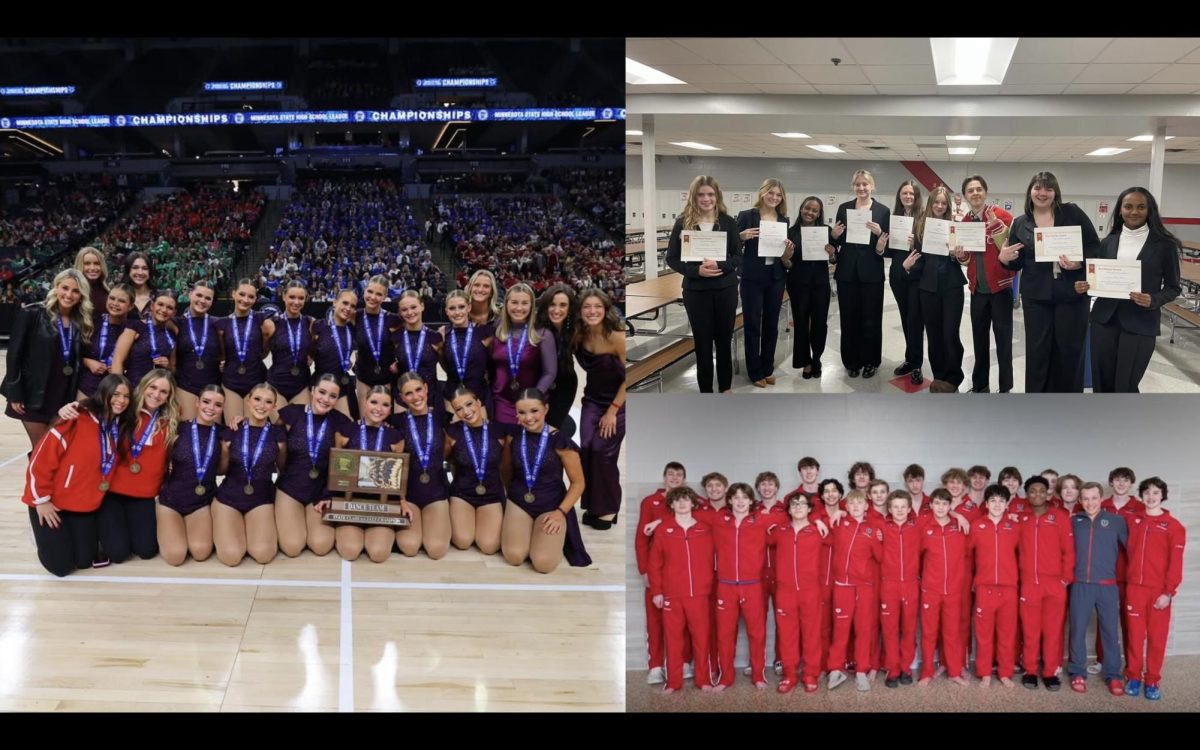



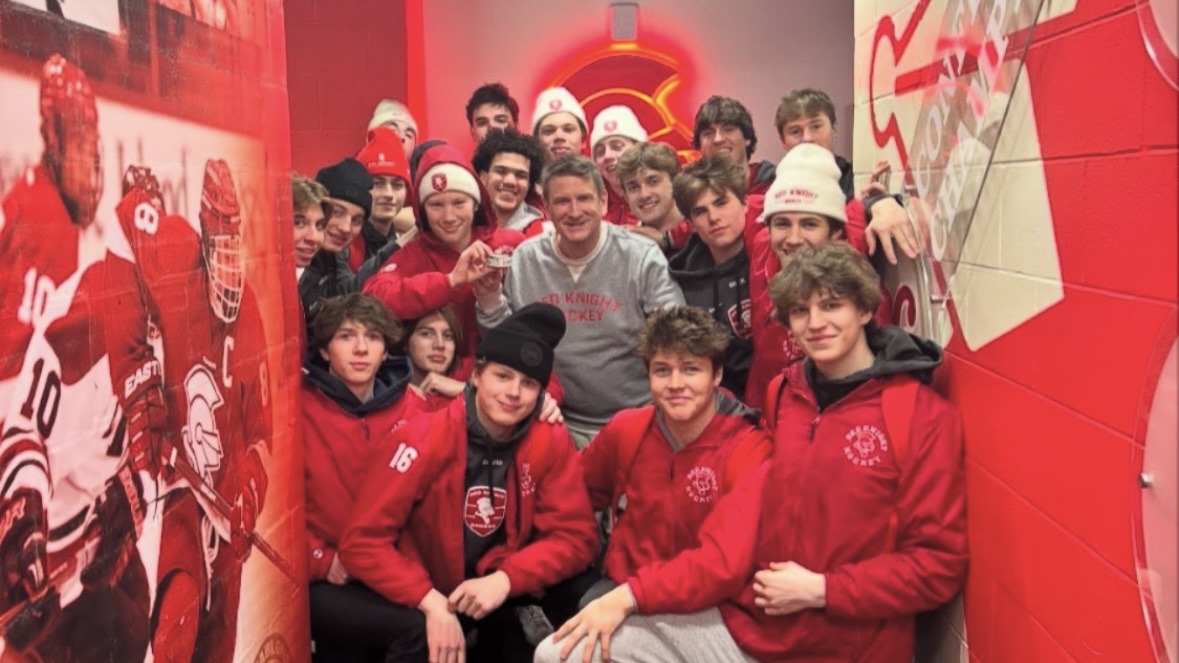
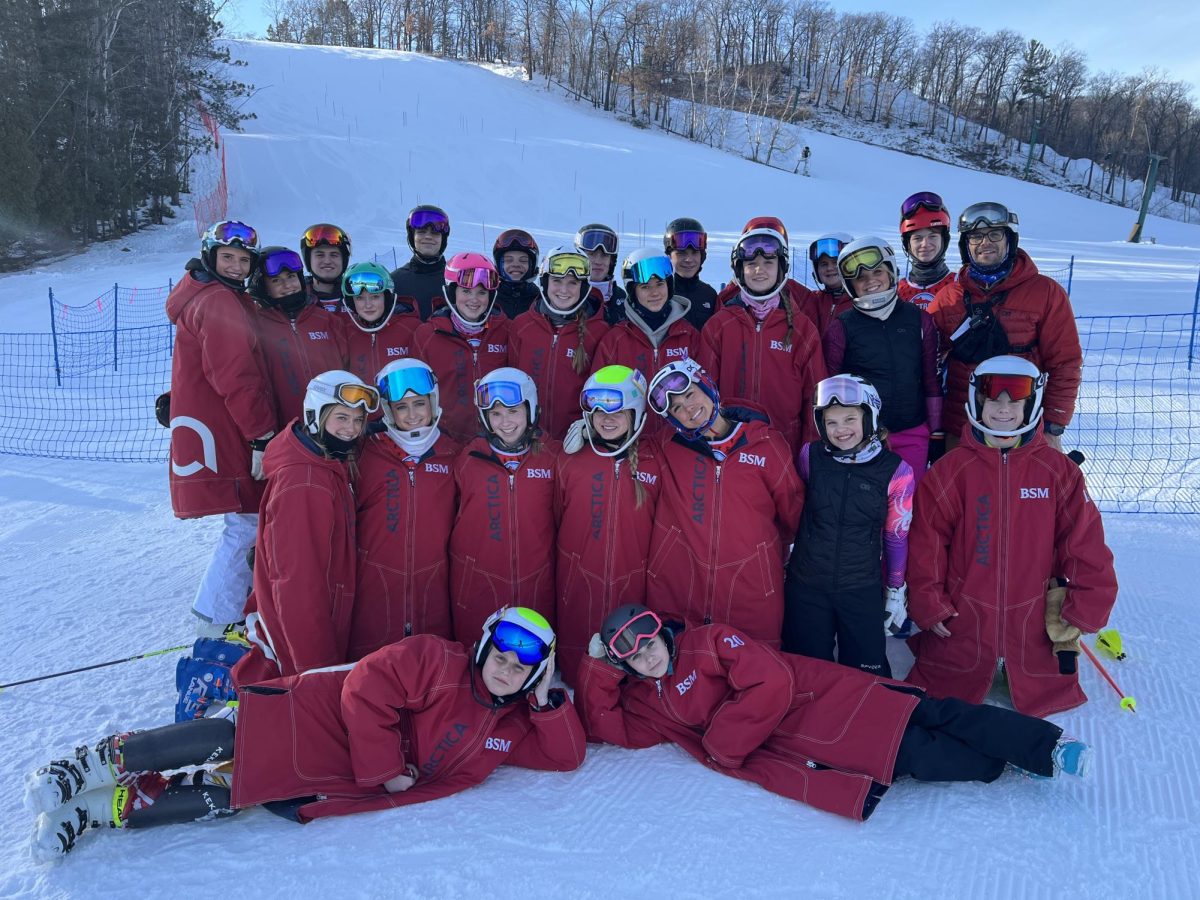





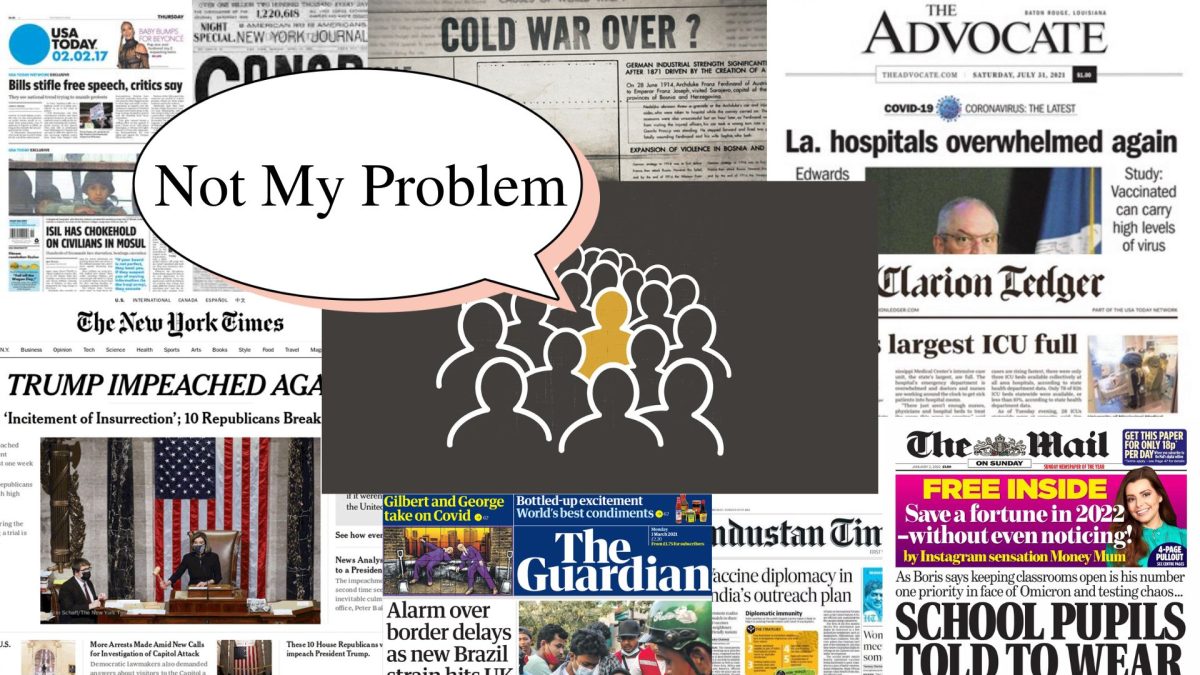


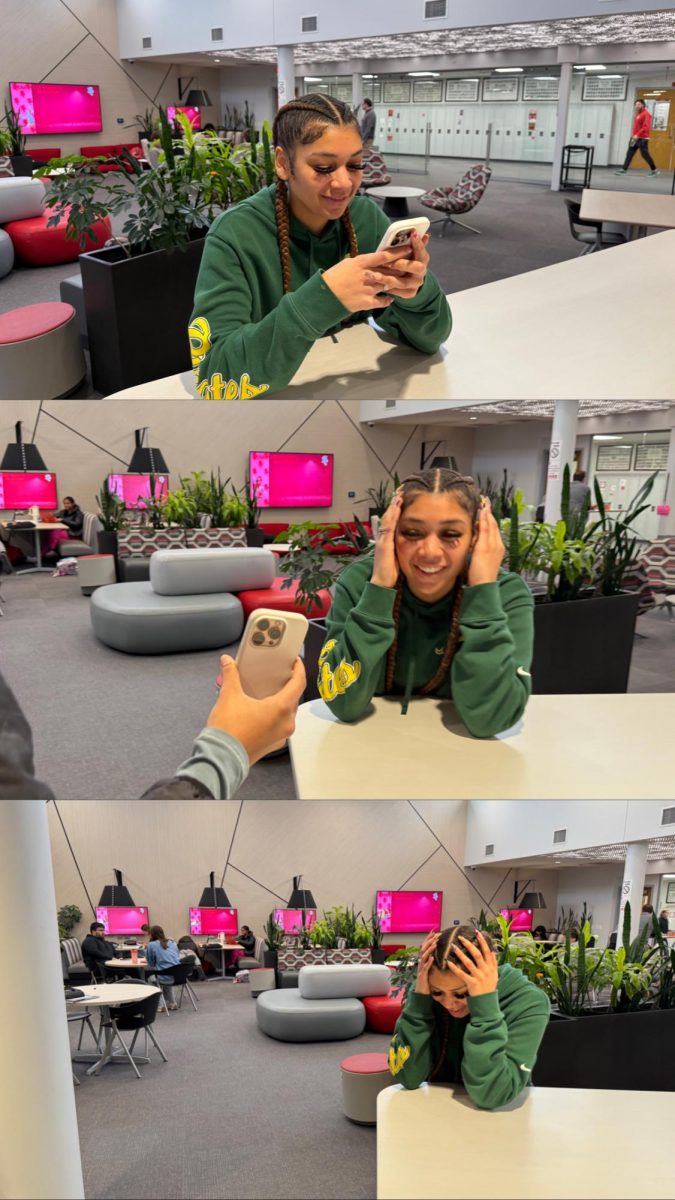


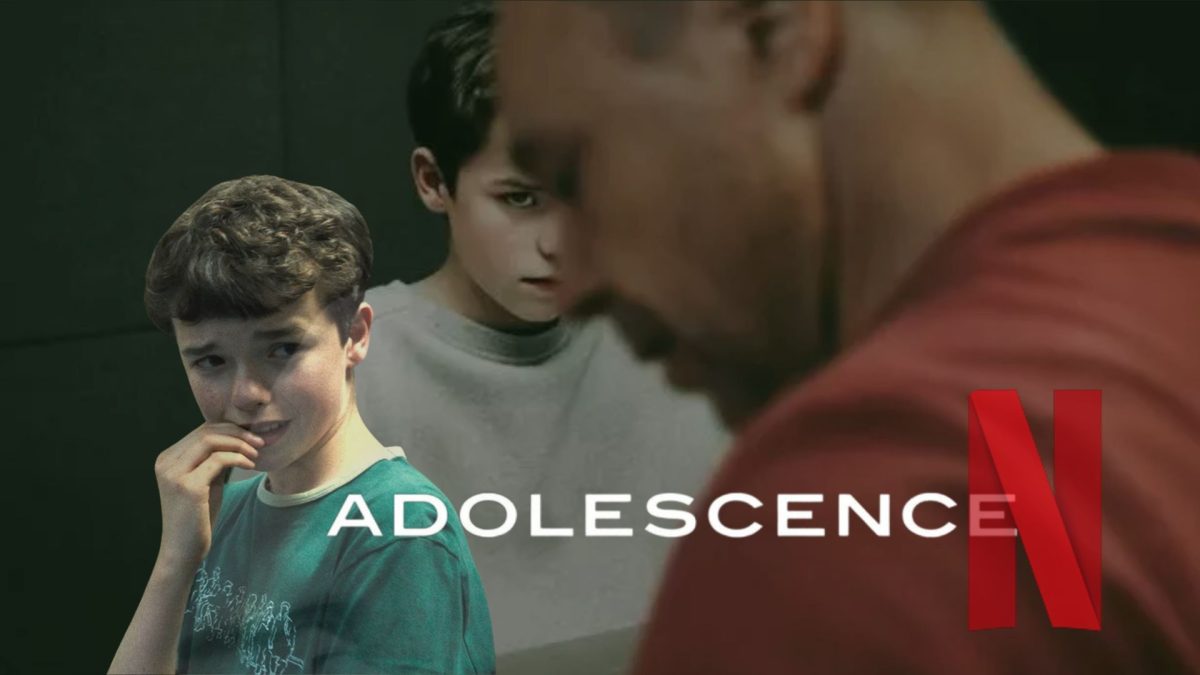
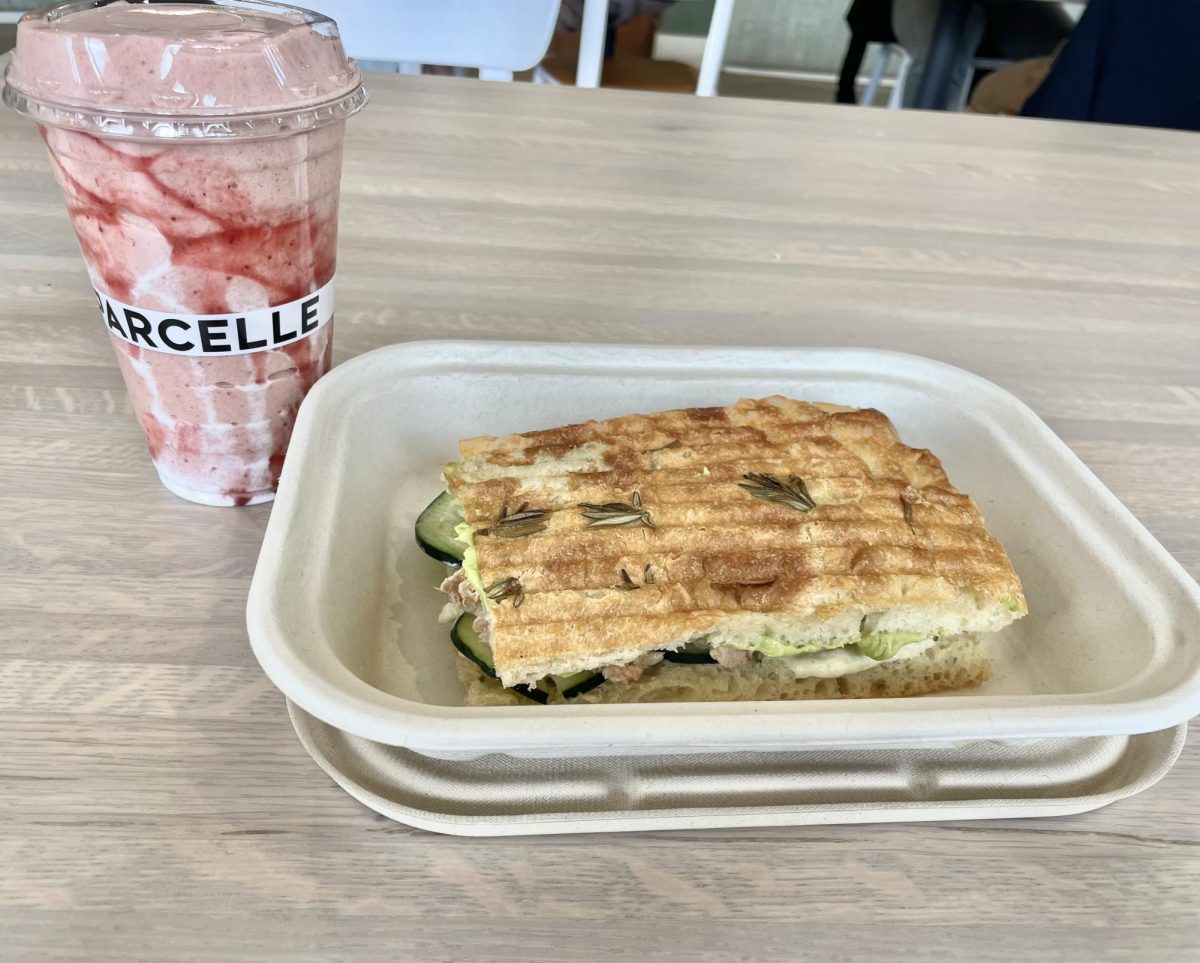
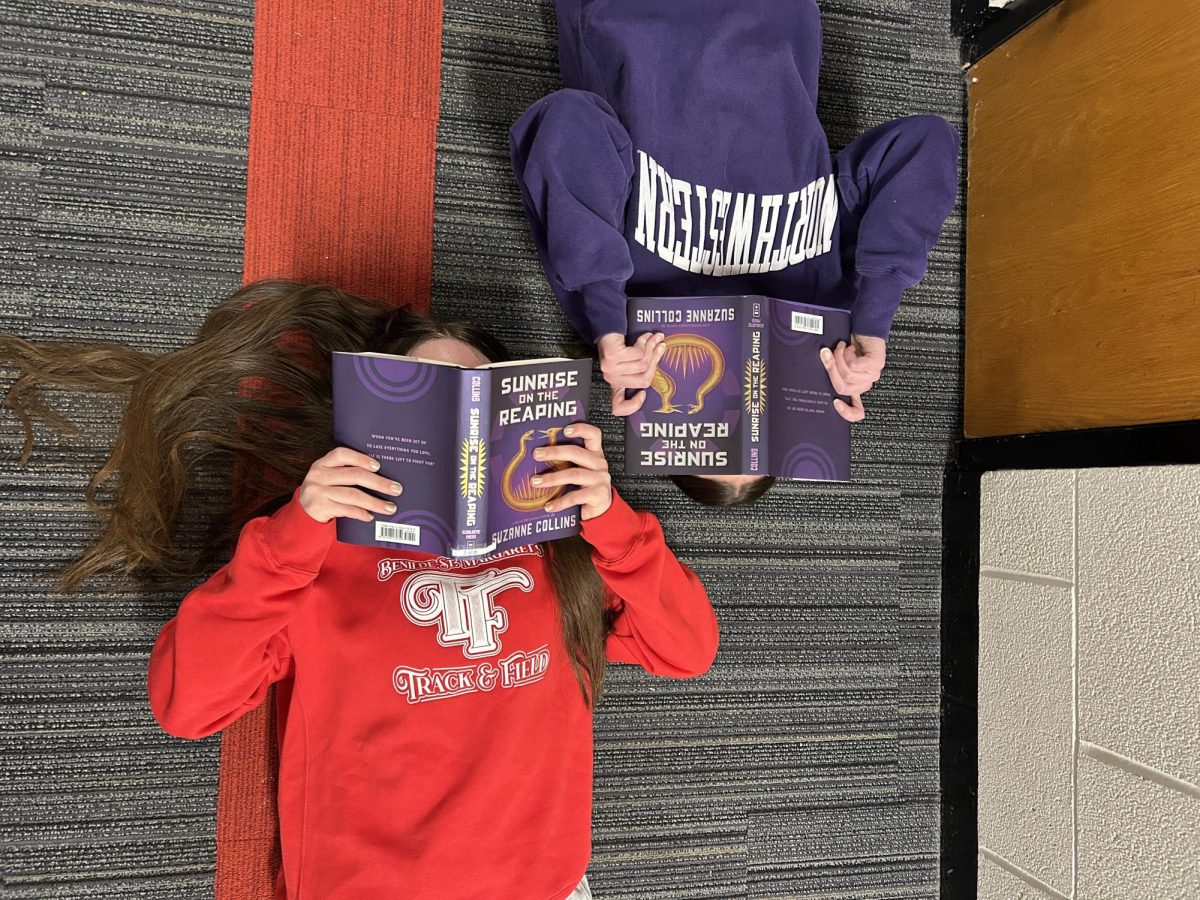
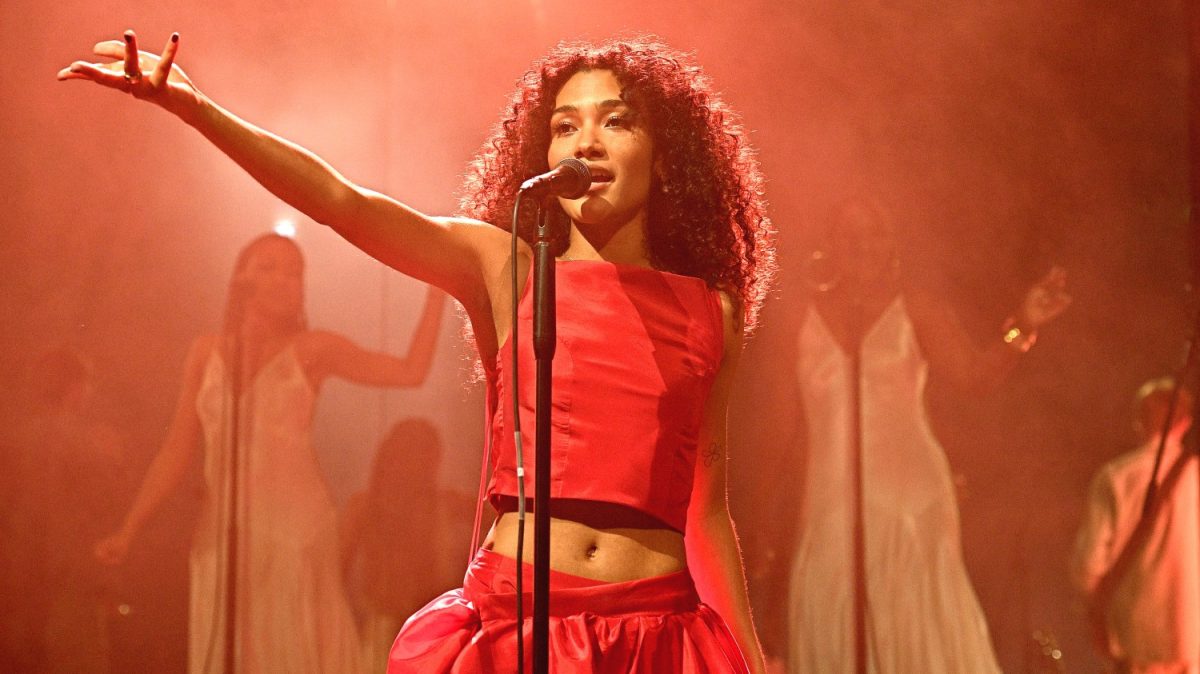





![Teacher Lore: Mr. Hillman [Podcast]](https://bsmknighterrant.org/wp-content/uploads/2025/03/teacherlorelogo-1200x685.png)




